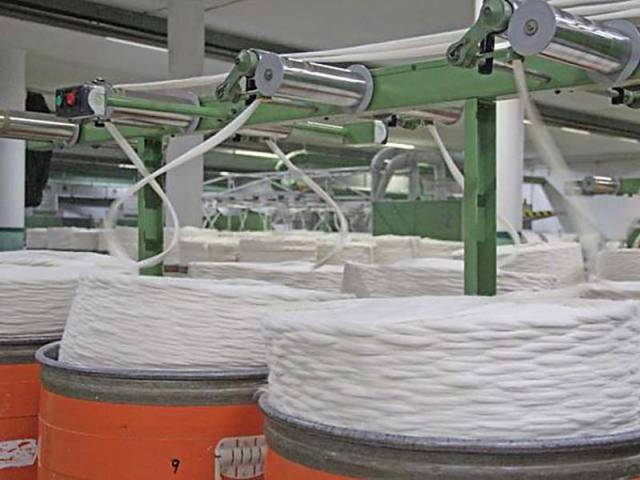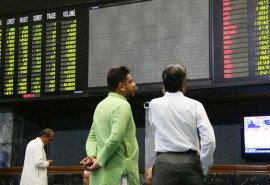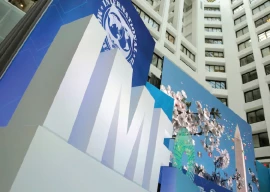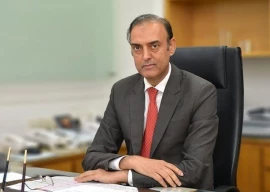
Of the Rs180-billion prime minister’s incentive package for the textile sector, the central bank has processed Rs50 billion worth of funds, but the industry has received only Rs18 billion.
“The industry is going through a cash flow crisis as it has already extended the incentive promised by the government in its export package to buyers abroad in order to enhance exports,” textile tycoon Zubair Motiwala, who also heads several textile bodies, told The Express Tribune.
According to Motiwala, industry players have not been able to deliver export orders since they could not produce the desired volume due to lack of cash for the purchase of raw material.
After the PML-N came to power in 2013, export receipts improved just 1.1% to $25.08 billion compared to the receipts in 2012. However in 2015-16, exports recorded a steep decline of 12.36% to $21.97 billion. Global exports also fell in that year, but they dropped only 1%.
Shipments from Pakistan fell despite the Generalised Scheme of Preferences (GSP) Plus status that the country got from the European Union in December 2013. The status certainly gave an advantage as Pakistan’s exporters enjoyed better market access to the European bloc.
The textile sector, which accounts for 57% of total exports and 8.5% of Pakistan’s total size of economy, was among major contributors to the low exports.
In order to boost exports and improve foreign exchange reserves, then prime minister Nawaz Sharif announced trade enhancement incentives to the tune of Rs180 billion in January 2017.
Initially, there was no condition on claiming duty drawback for the first six months from January to June 2018. But for the next fiscal year, the exporters are required to register an increase of 10% in exports in order to qualify for the incentives.
The target has apparently been achieved as exports increased to $8.85 billion from July to February FY18 compared to $8.18 billion in the same period of previous year.
However, some analysts believe that the growth might have been falsely recorded by the exporters, who have shown inflated receipts in order to receive government incentives.
On back of textile and cement’s demand, gross advances improve
Motiwala did not agree with the notion, saying exports from Pakistan had increased by extending monetary gains of the export package to buyers abroad. Lower prices of Pakistan’s products in the international market have been the reason behind higher exports.
But according to an analysis, the international textile industry is highly competitive and Pakistan’s competitors in textile trade, who are mainly from China, India, Vietnam or Bangladesh, would not let the country enter their established markets.
Handing over cotton body’s control: Bypassing cabinet, Textile Division issues notification
The competitors are expected to respond to the short-term price reduction from their Pakistan counterparts.
According to textile industry players, the government over the past five years has made efforts to come up with schemes and plans, but failed in their strategic implementation. Delay in payment of tax refunds has also disappointed the industry.
APTMA puts forward proposals for textile industry
“Exports didn’t get better due to government efforts, but due to depreciation of the rupee against the US dollar. This is not the right way to increase exports. It would have been an achievement had exports increased with a stable rupee,” Motiwala remarked.
Although the exports rose following the rupee’s depreciation by nearly 10%, the country’s external debt also went up.
Published in The Express Tribune, May 29th, 2018.
Like Business on Facebook, follow @TribuneBiz on Twitter to stay informed and join in the conversation.


1672385156-0/Andrew-Tate-(1)1672385156-0-165x106.webp)














COMMENTS
Comments are moderated and generally will be posted if they are on-topic and not abusive.
For more information, please see our Comments FAQ